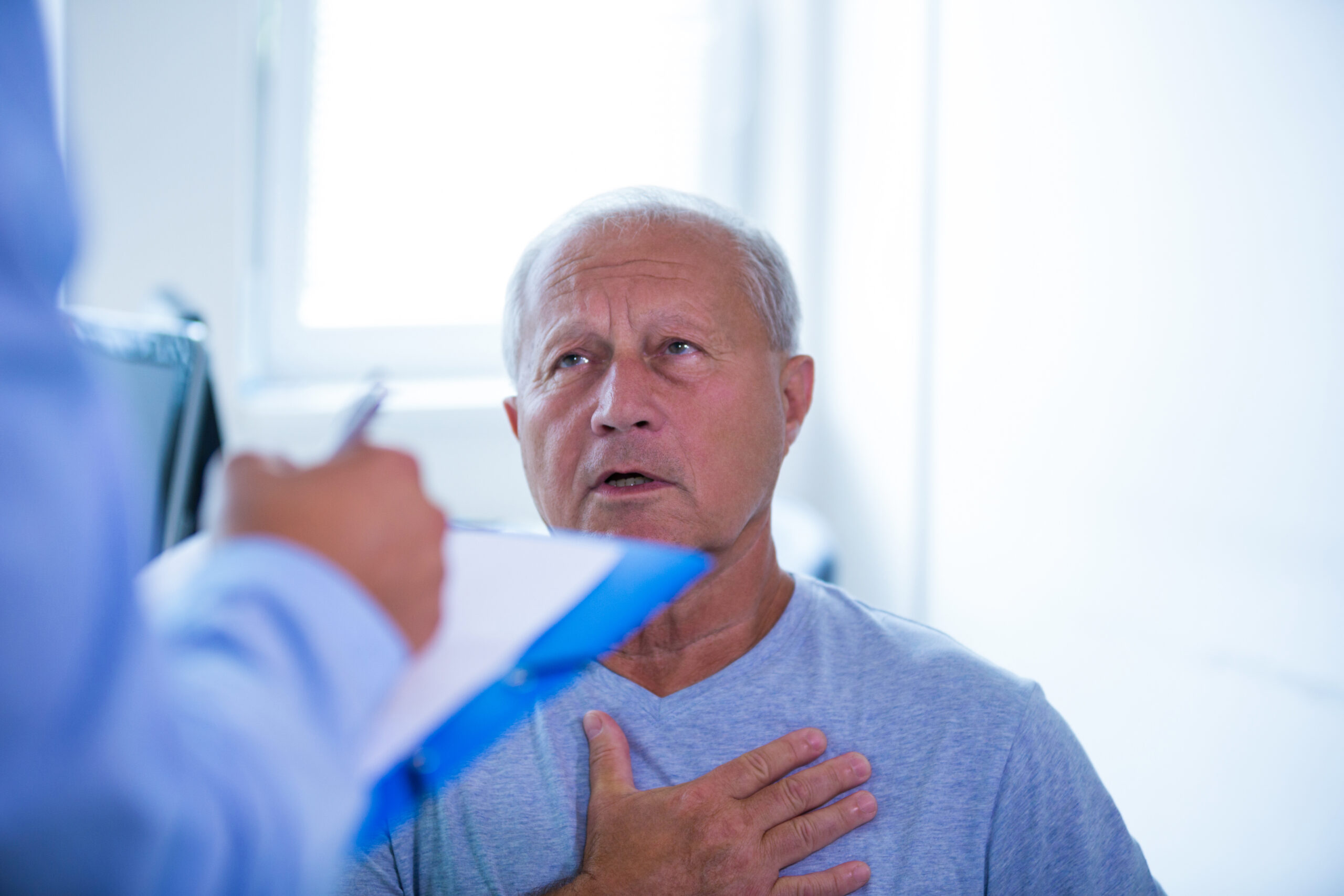Recognizing the Common Symptoms of Heart Attack and Stroke

Heart attacks and strokes are two of the leading causes of death and disability worldwide. Understanding their common symptoms can be life-saving, as prompt medical intervention significantly improves outcomes. Here’s a closer look at both conditions’ symptoms, effects, actions, and treatments.
Common Symptoms
Heart Attack:
While the classic symptoms can vary among individuals, they typically include:
1. *Chest Pain or Discomfort:* This may manifest as pressure, squeezing, fullness, or pain in the center or left side of the chest and can last for more than a few minutes, or go away and return.
2. *Pain in Arms or Shoulders:* Many individuals experience pain or discomfort that radiates to one or both arms, the back, neck, jaw, or shoulder.
3. *Shortness of Breath:* This may occur with or without chest discomfort and can happen at rest or during physical activity.
4. *Nausea or Vomiting:* Some individuals may feel nauseous or vomit during a heart attack.
5. *Lightheadedness or Fainting:* Dizziness or feeling faint can occur as the heart struggles to pump blood effectively.
6. *Cold Sweat:* Profuse sweating, often described as breaking out in a cold sweat, is also common.
7. *Pale Appearance:* Individuals may appear unusually pale as blood flow is compromised.
Stroke:
Stroke symptoms can appear suddenly and often follow the acronym FAST, along with additional signs:
1. *Face Drooping:* One side of the face may droop or feel numb. Ask the person to smile to check if their smile is uneven.
2. *Arm Weakness:* One arm may be weak or numb. Ask the person to raise both arms to see if one arm drifts downward.
3. *Speech Difficulty:* The person may exhibit slurred speech or be unable to speak clearly. Ask them to repeat a simple sentence.
4. *Sudden Weakness or Numbness:* This can occur in the face, arm, or leg, especially on one side of the body.
5. *Confusion:* The individual may become confused and unable to understand simple questions.
6. *Difficulty Seeing:* There may be sudden trouble seeing in one or both eyes, leading to blurred or double vision.
7. *Difficulty Walking:* A person may experience sudden dizziness, loss of balance, or coordination issues.
8. *Severe Headache:* An intense headache with no known cause could indicate a hemorrhagic stroke.
9. *Fainting or Unconsciousness:* Sudden loss of consciousness or fainting can occur in severe cases.
Effects
Heart Attack:
A heart attack occurs when blood flow to a part of the heart is blocked, damaging the heart muscle. The consequences can include heart failure, arrhythmias, or even death, depending on the severity and duration of the blockage.
Stroke:
Strokes can lead to permanent disability or death, depending on the type (ischemic or hemorrhagic) and how quickly treatment is administered. Common effects include difficulties with movement, speech, and cognitive impairments, which may necessitate rehabilitation.
Actions to Take
For both heart attacks and strokes, immediate action is vital.
– *Heart Attack:* If you suspect someone is having a heart attack, call emergency services. If the person is conscious and not allergic, administering aspirin can help thin the blood.
– *Stroke:* Recognizing symptoms early and acting fast is crucial. Call emergency services immediately if stroke symptoms are observed.
Treatments
Heart Attack Treatments:
Treatments may include:
– *Medications:* Aspirin, antiplatelet drugs, or blood thinners can help restore blood flow.
– *Procedures:* Angioplasty and stenting or coronary artery bypass grafting may be necessary for severe blockages.
Stroke Treatments:
Treatments vary depending on the type of stroke:
– *Ischemic Stroke:* Clot-busting medications (thrombolytics) are critical within a limited timeframe after symptoms begin.
– *Hemorrhagic Stroke:* Surgery may be required to repair blood vessels or relieve pressure on the brain.
In summary, awareness of the common symptoms of heart attacks and strokes is essential for prompt action. Recognizing the signs, reacting swiftly, and receiving appropriate treatment can significantly improve recovery outcomes and reduce the risk of complications. Always consult a healthcare professional for personalized advice and management strategies.
(Note: This article briefly overviews the subject and does not provide medical advice. If you suspect you may require more information, consult with a healthcare professional.)



